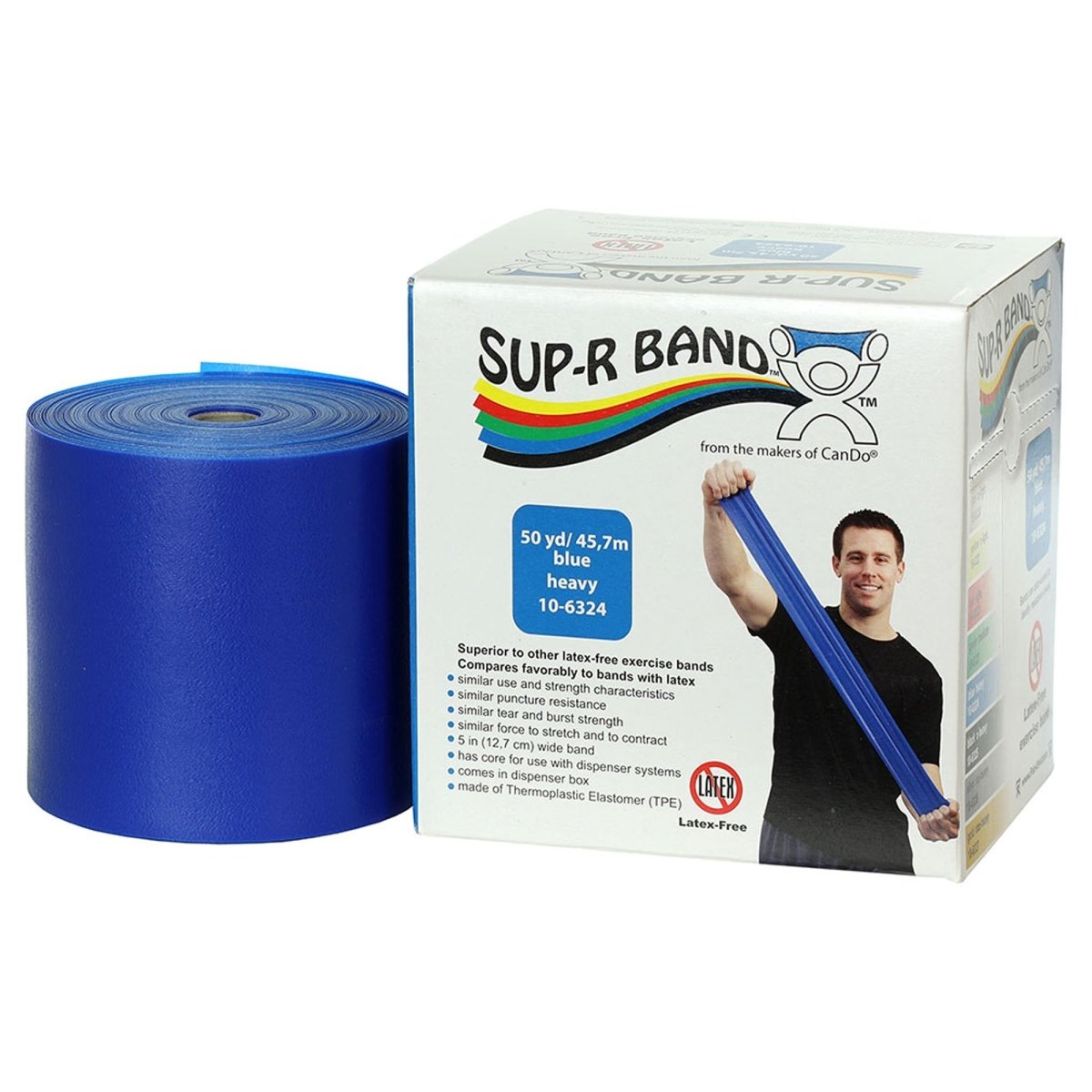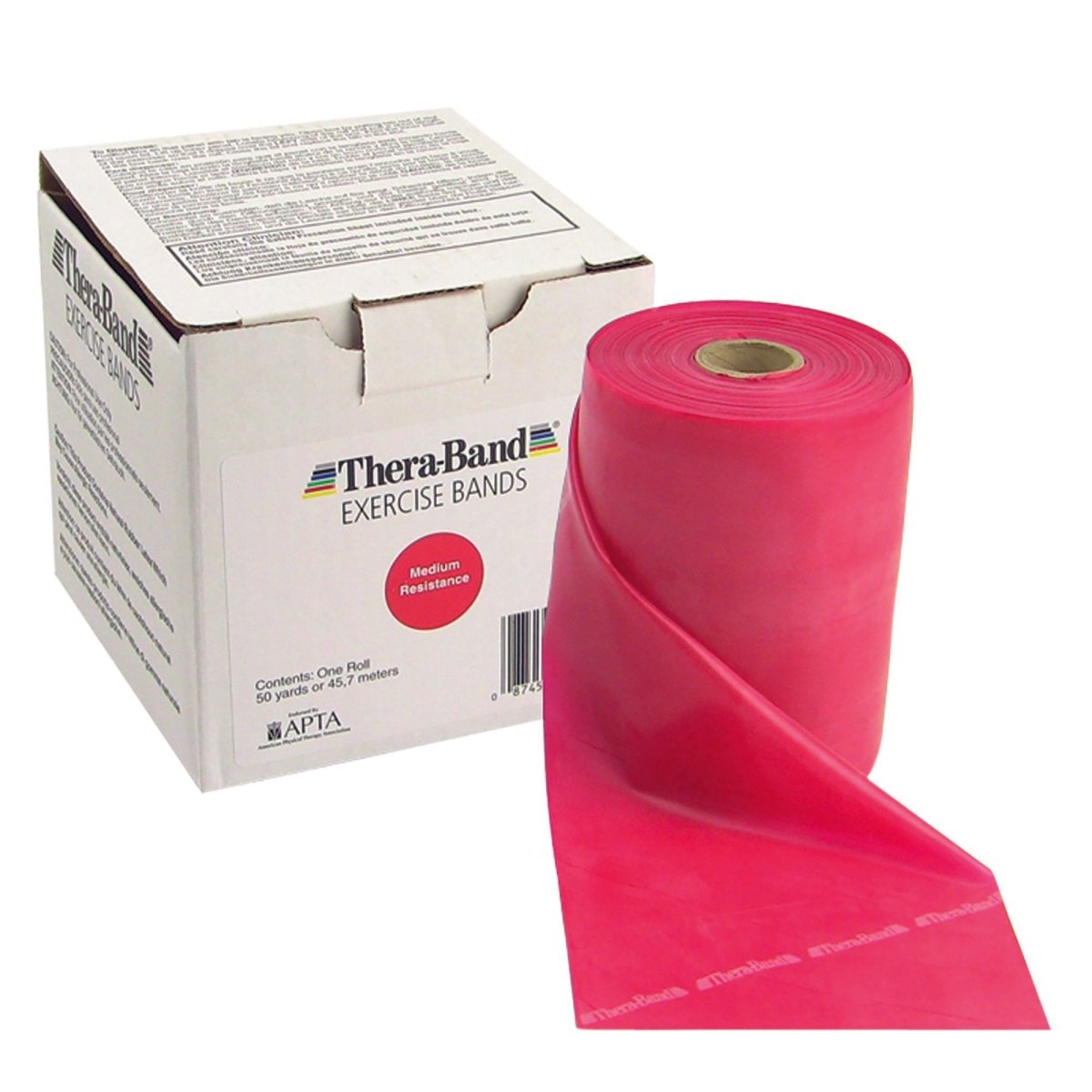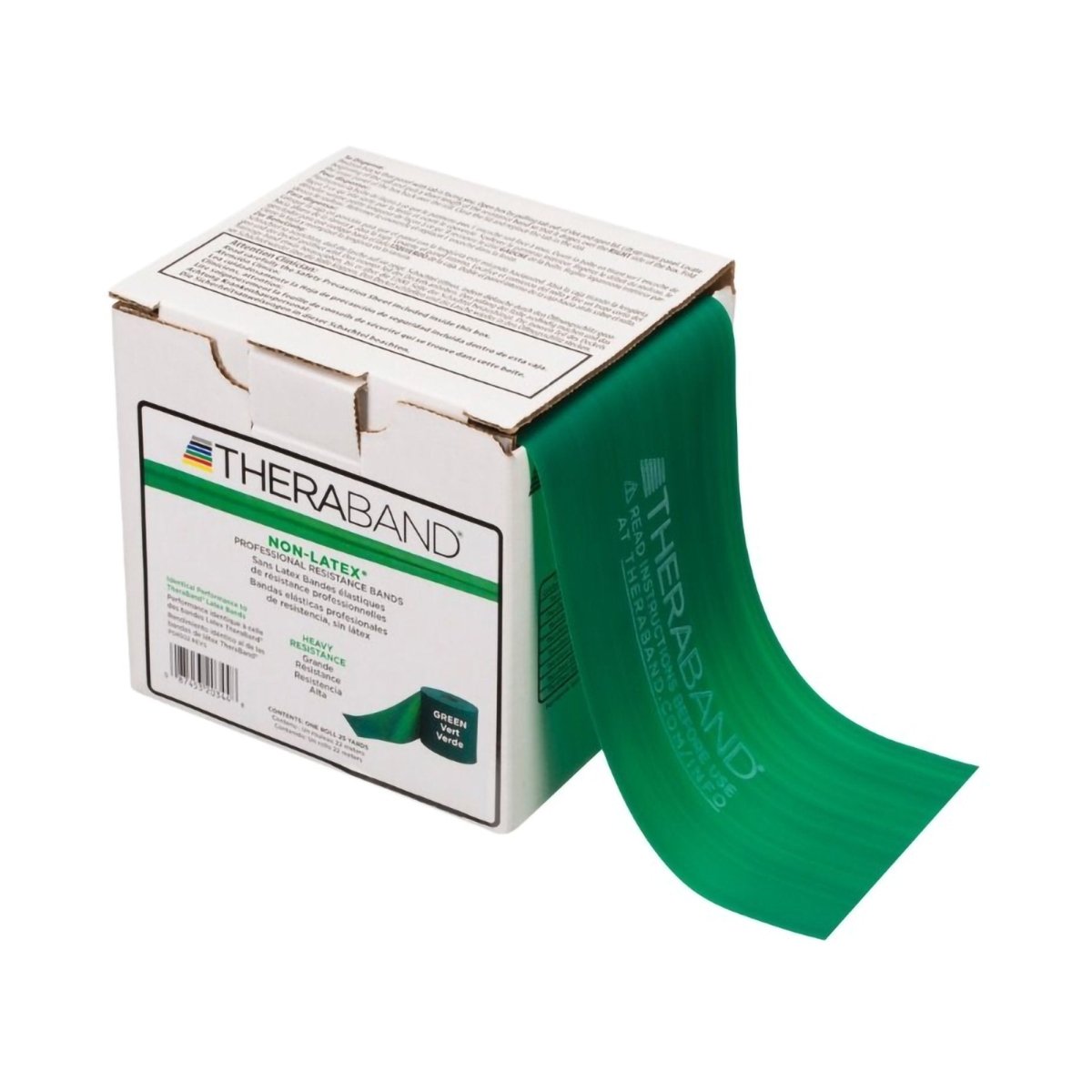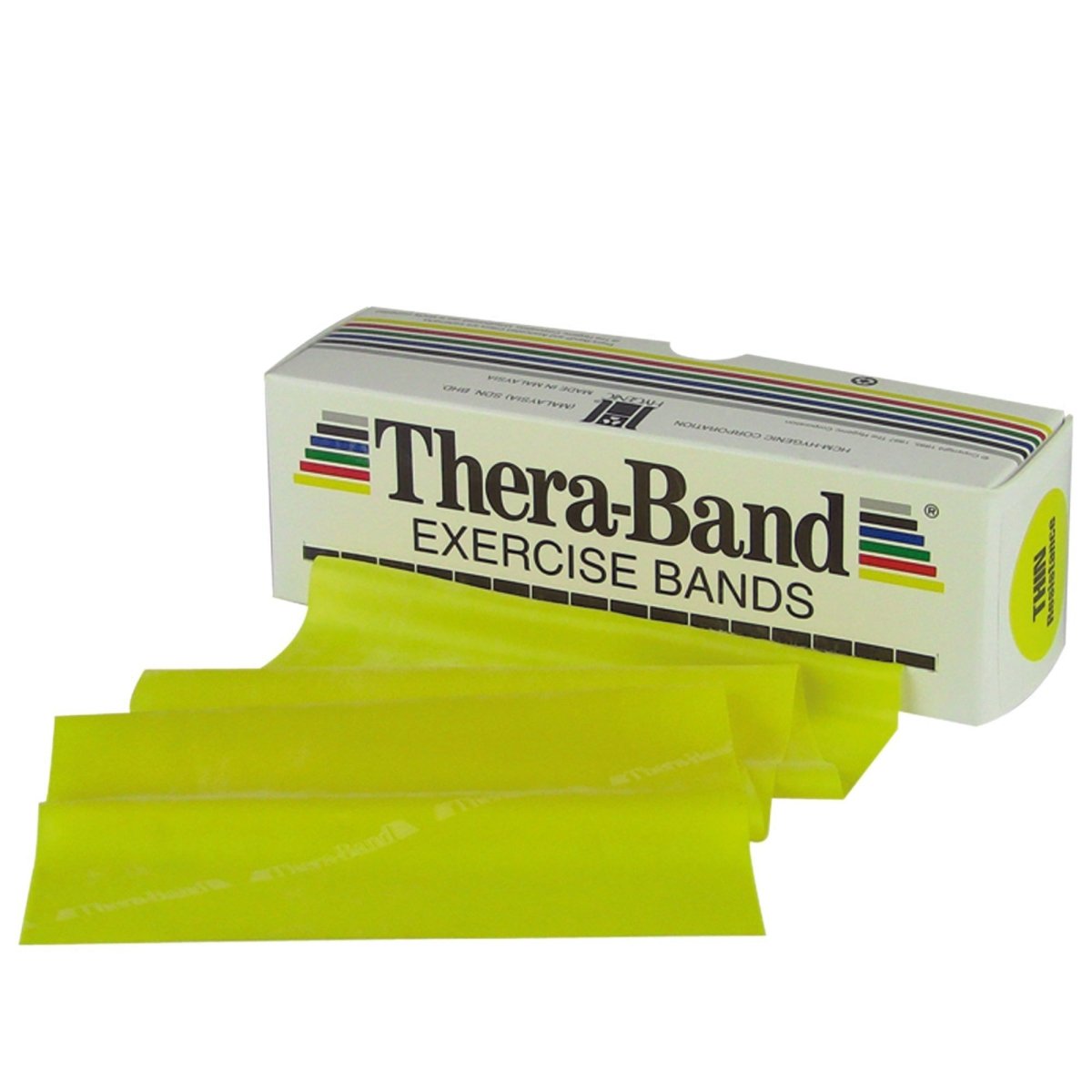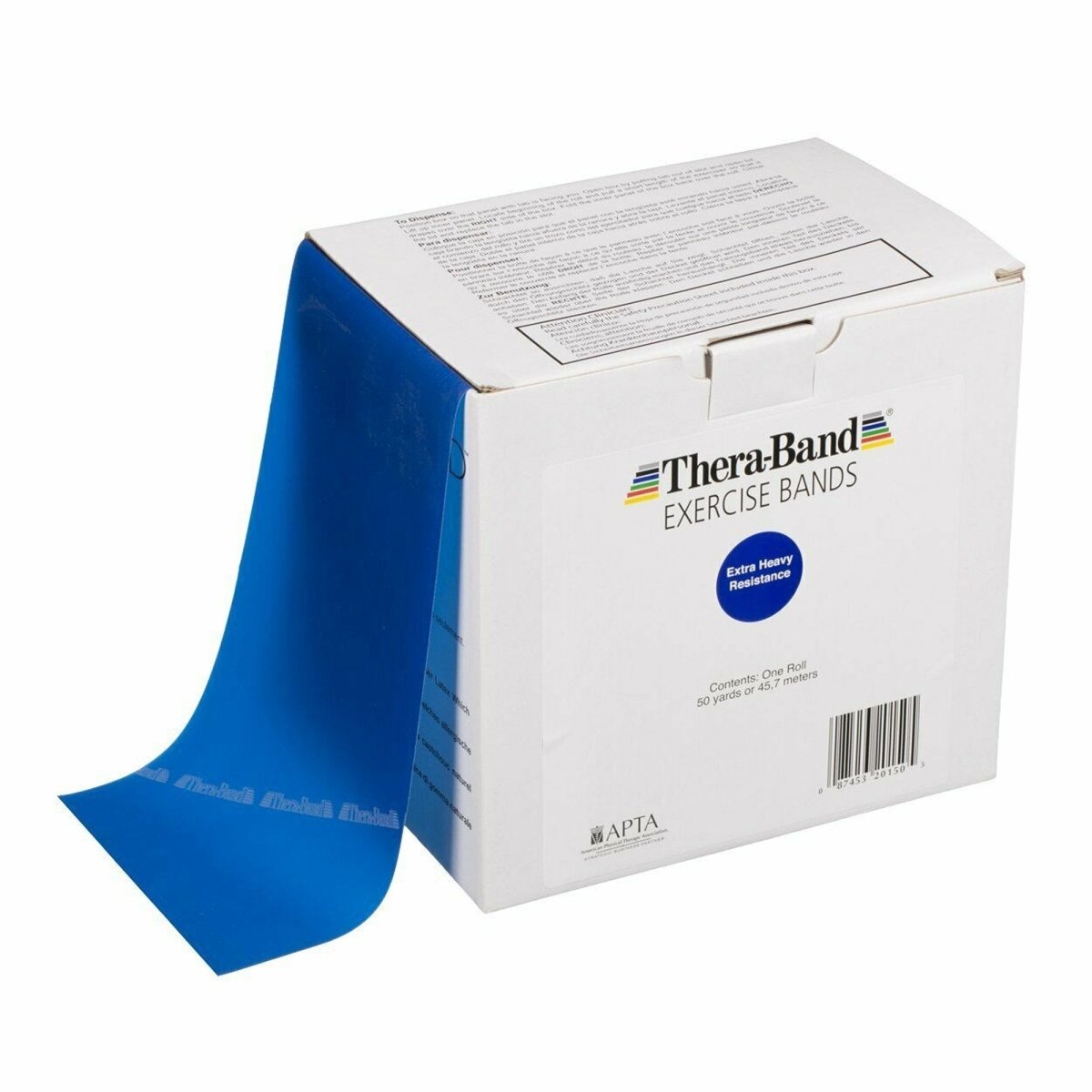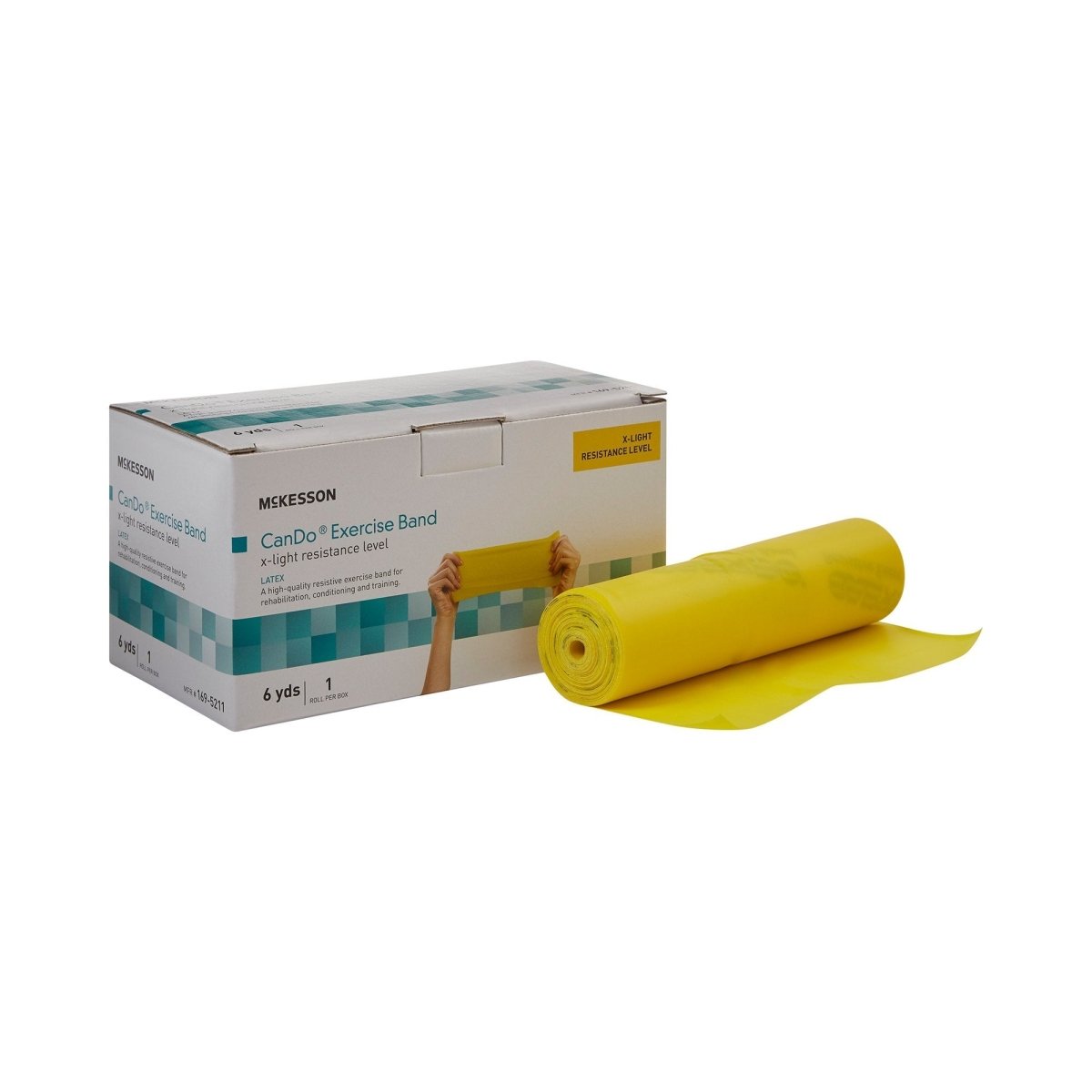Welcome to our resistance bands category. At Cart Health, we redefine your workout experience with a collection of quality resistance bands. Elevate your fitness journey and achieve your goals with these dynamic training tools that blend seamlessly into your routine. Whether you're just getting started on that news years resolution or trying to mix up your workout routine, we have a resistance band to fit your needs.
Frequently Asked Questions about Resistance Bands
Do you still have questions about Resistance Bands?
If we still haven't answered your question, you can contact us by phone or email and we will get back to you as soon as possible.




